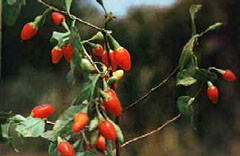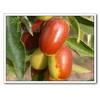(TCM) is one of the most commonly used Complementary and Alternative Medicines (CAM). However, there is a lack in the number of studies about the use of TCM for children. In Taiwan, Traditional Chinese Medicine (TCM) medical visit services are fully reimbursed by National Health Insurance. Chinese herbs are also covered by their national health insurance system. A study in Taiwan used a nationwide cohort database to investigate demographics, diseases patterns, and parents’ characteristics of pediatric TCM users.
Children aged <12 years were extracted from the National Health Insurance Research Database for analysis. These pediatric TCM users’ demographics, medical conditions, and reasons for medical services were compared with users of Western medicine by Poisson regression. Children who did not use any medical services were excluded.
Of 107,337 children who were enrolled and followed up in 2005, 19,669 children (18.3%) used TCM. Compared with Western medicine-only users, school-age children (aged 6-12 years), preschool age children (3-5 years), and toddlers (1-2 years) were more likely to use TCM than infants (<1 year; rate ratio = 4.47, 3.66 and 2.59, respectively; P < .001 for all). Parental factors were associated with more TCM use, including female gender, age >35 years, past experience with TCM, and higher income levels. Allergic reactions and respiratory tract, gastrointestinal tract, and musculoskeletal problems were also associated with higher TCM use.
The use of TCM was correlated with both patient and parental factors, among which children’s age and parental TCM use were the most prominent.
Source: PubMed Pediatrics. 2012 May 14
Characteristics of Pediatric Traditional Chinese Medicine Users in Taiwan: A Nationwide Cohort Study. Chen HY, Lin YH, Wu JC, Chen YC, Thien PF, Chen TJ, Yang SH, Chen JL, Lo SS. Chinese Medicine, Chang Gung Memorial Hospital, Taoyuan, Taiwan;

 News from the University of New Mexico, the lowly dandelion has been shown effective at fighting breast cancer and prostate cancer. Used for centuries in
News from the University of New Mexico, the lowly dandelion has been shown effective at fighting breast cancer and prostate cancer. Used for centuries in 






